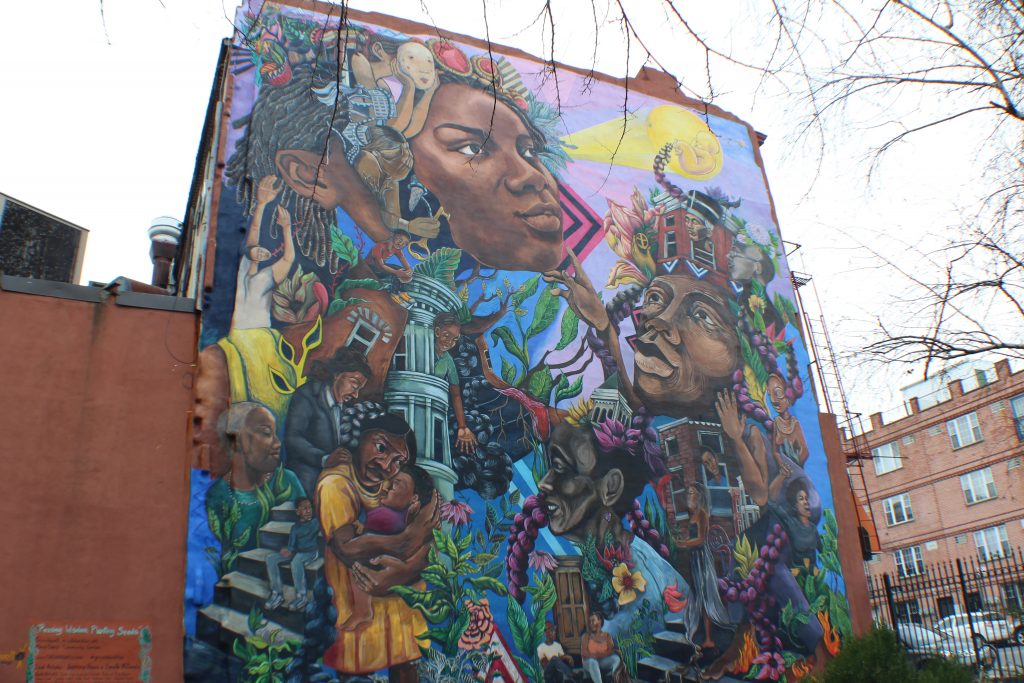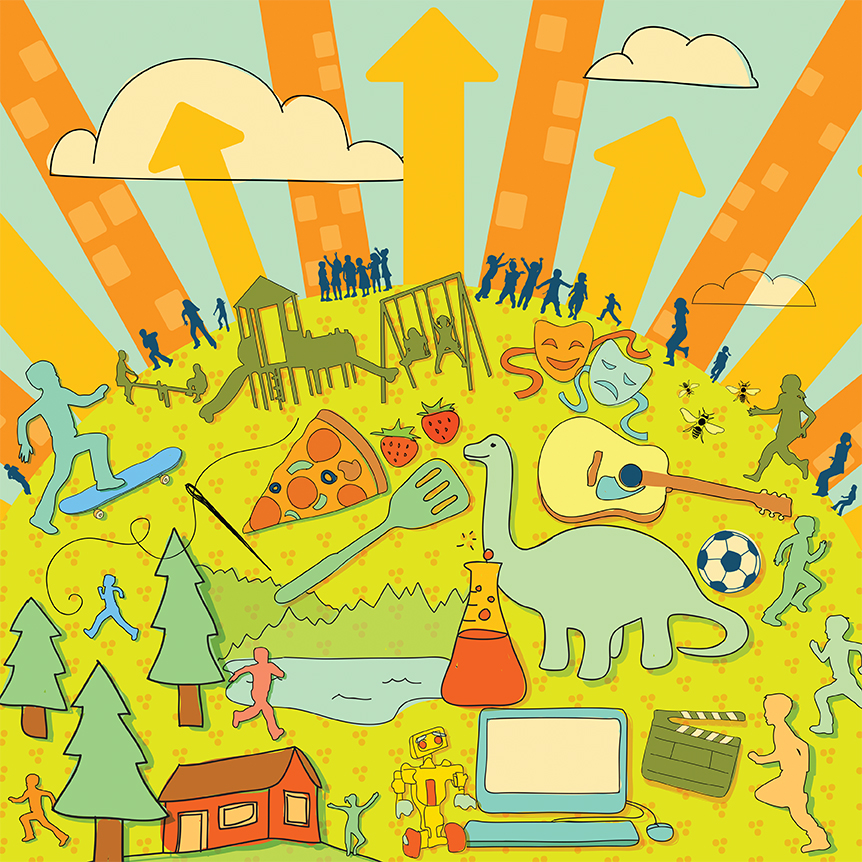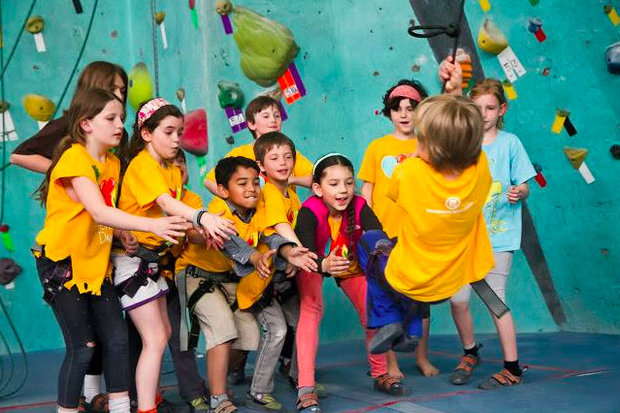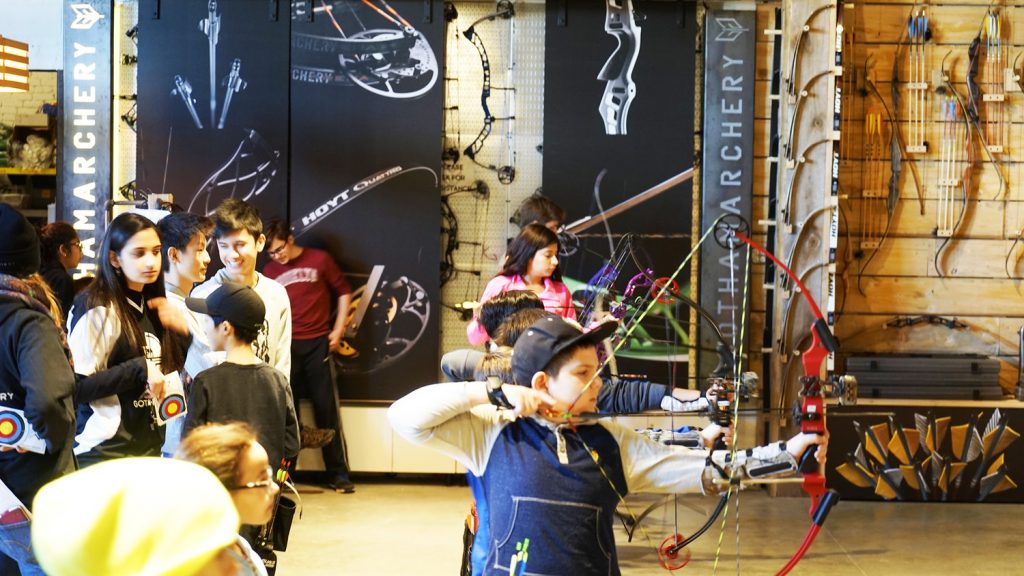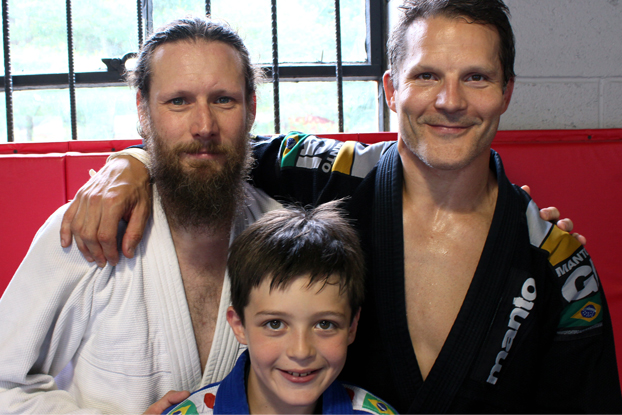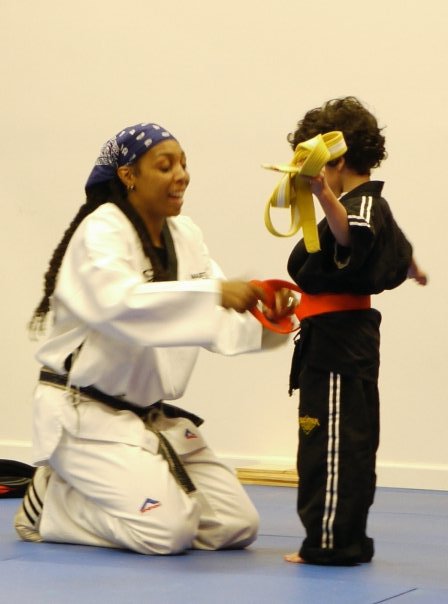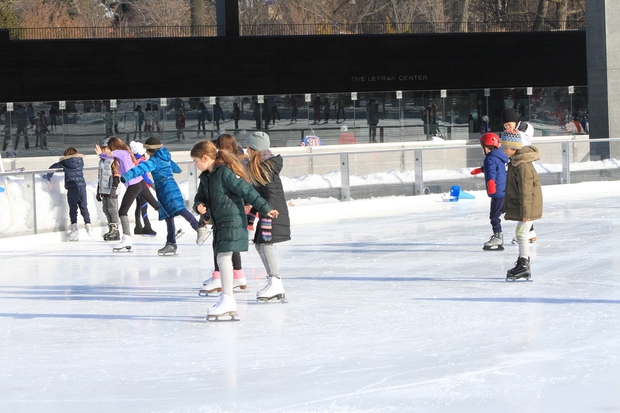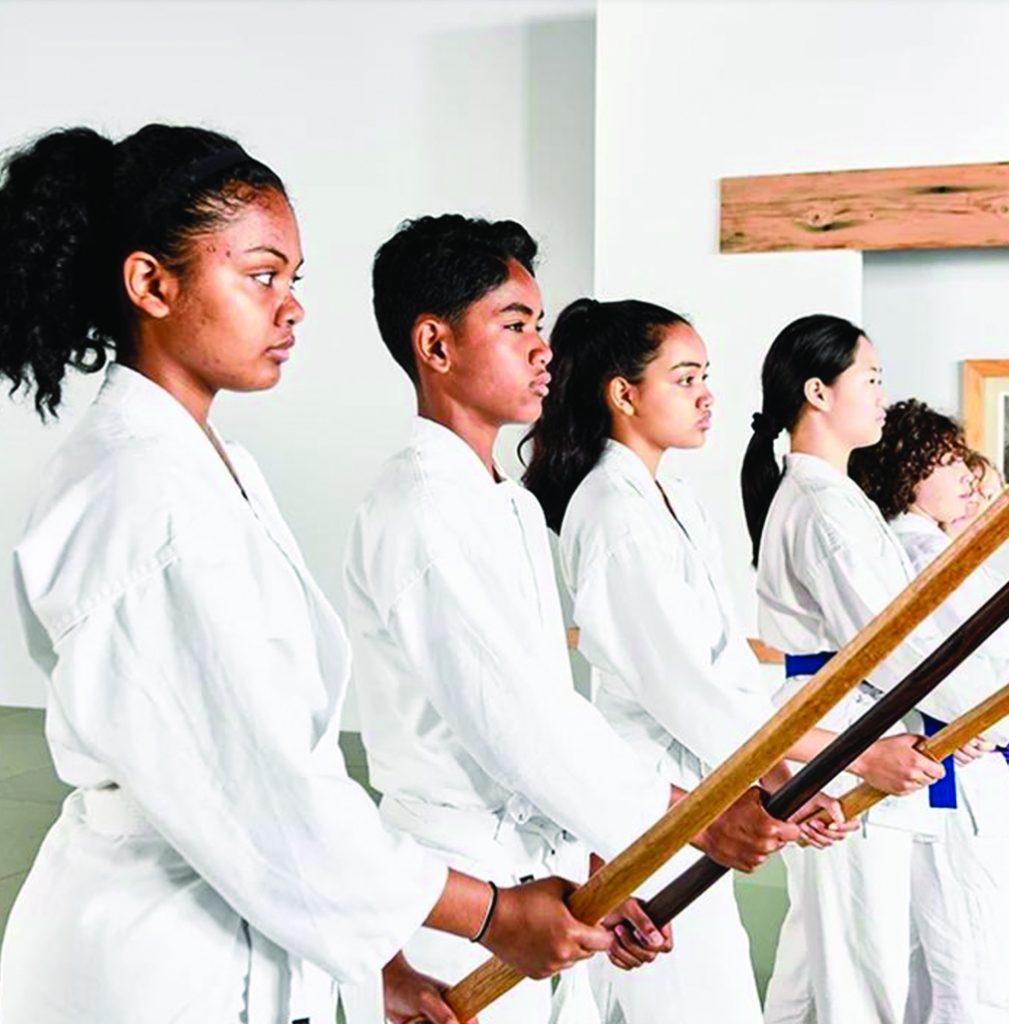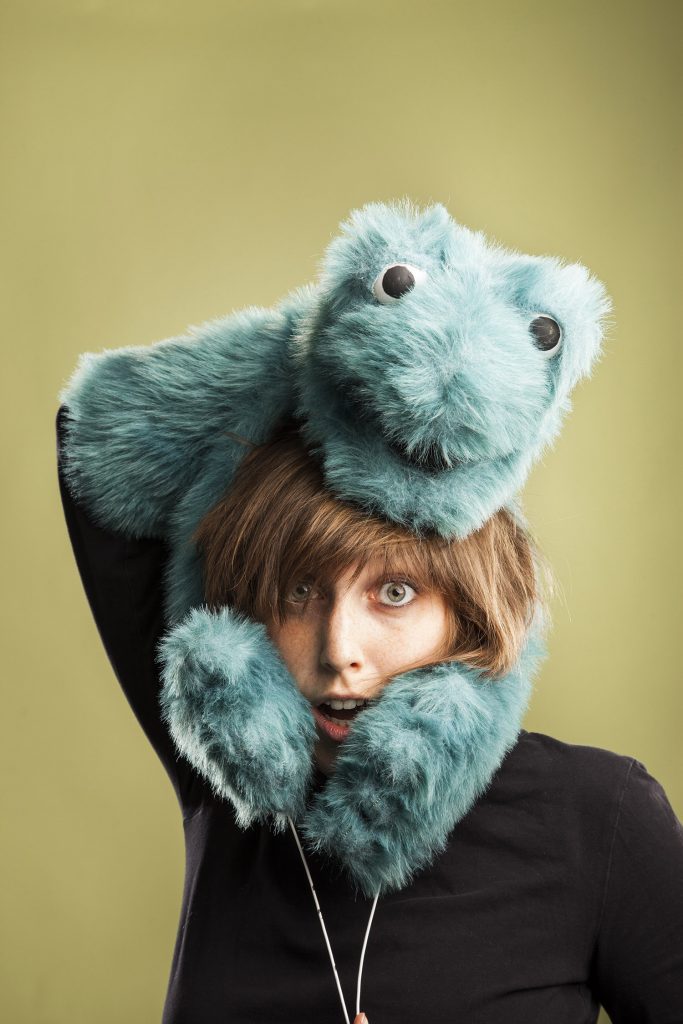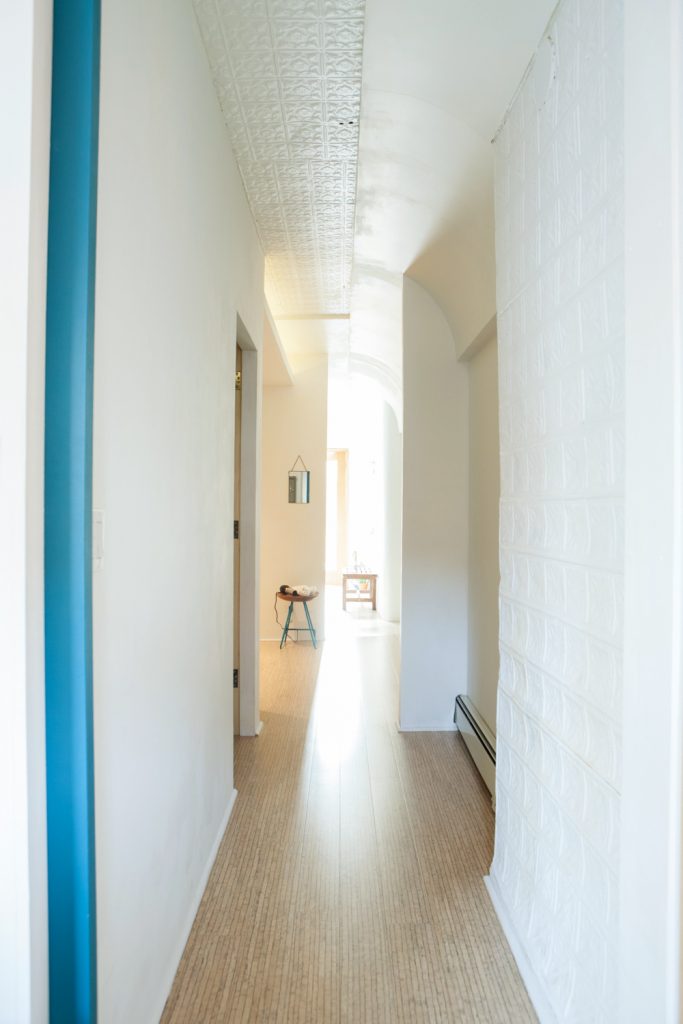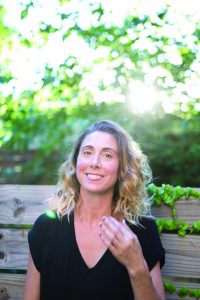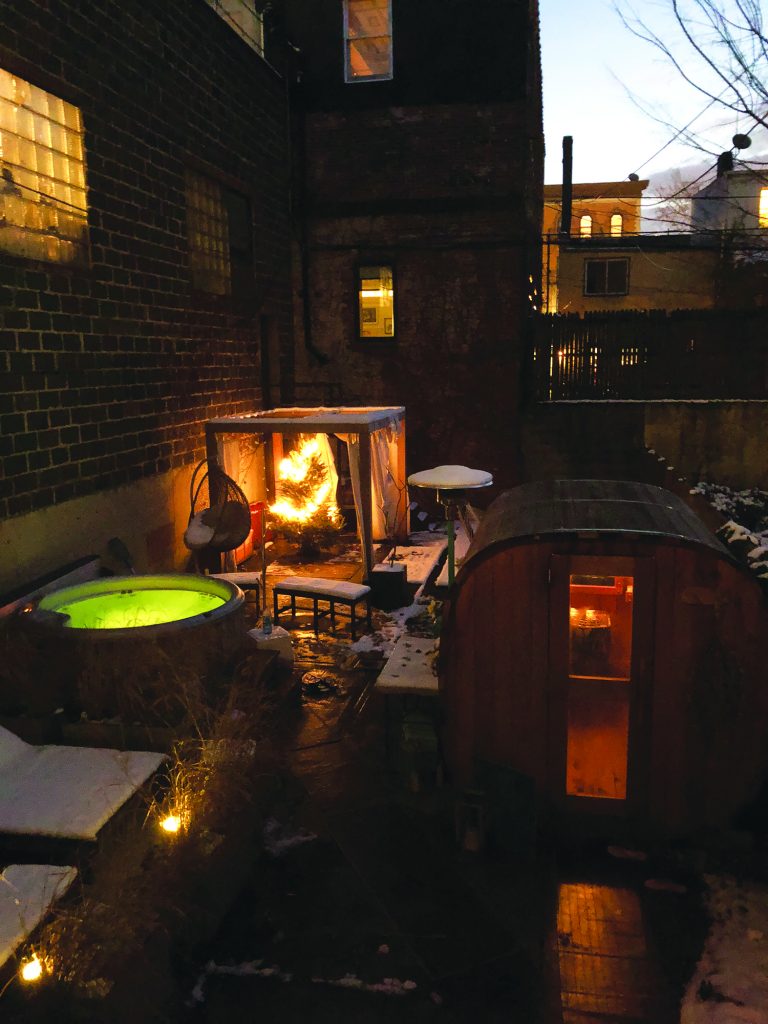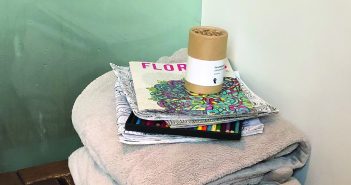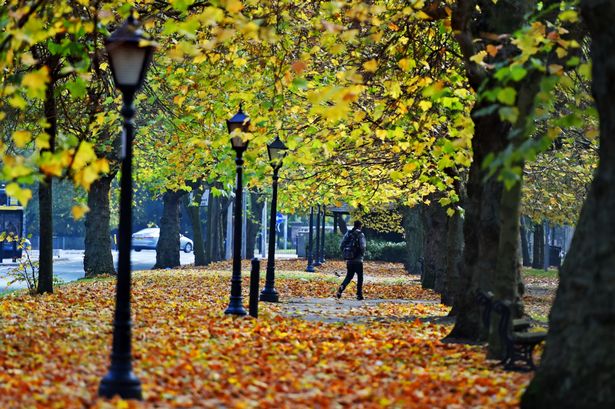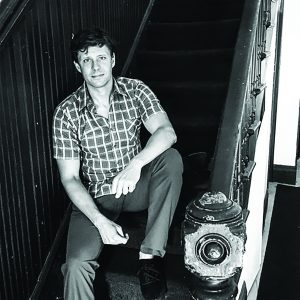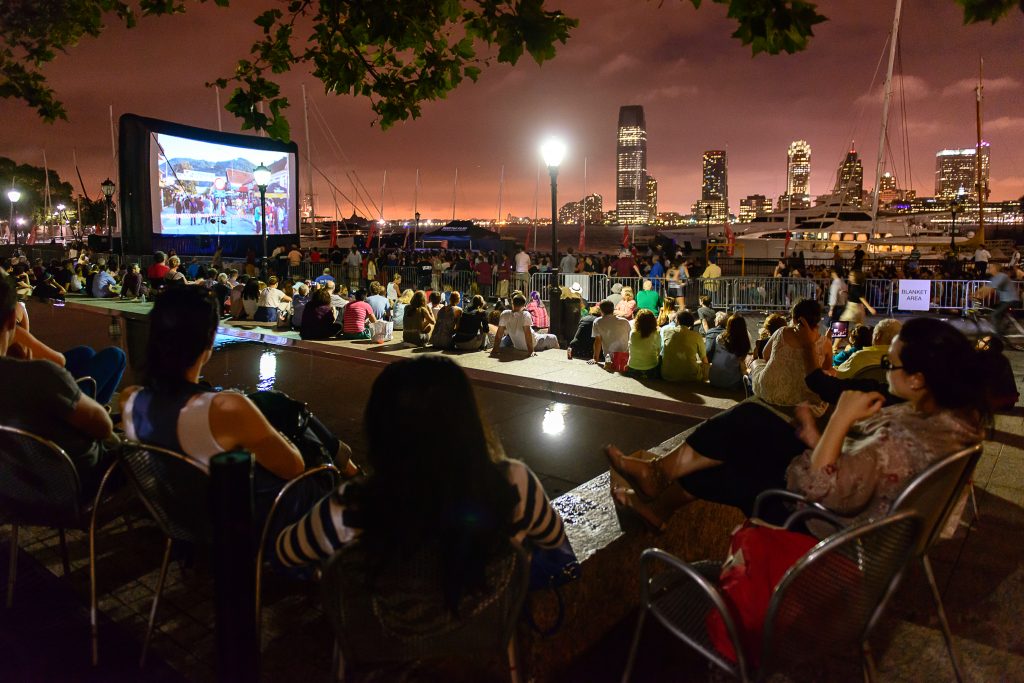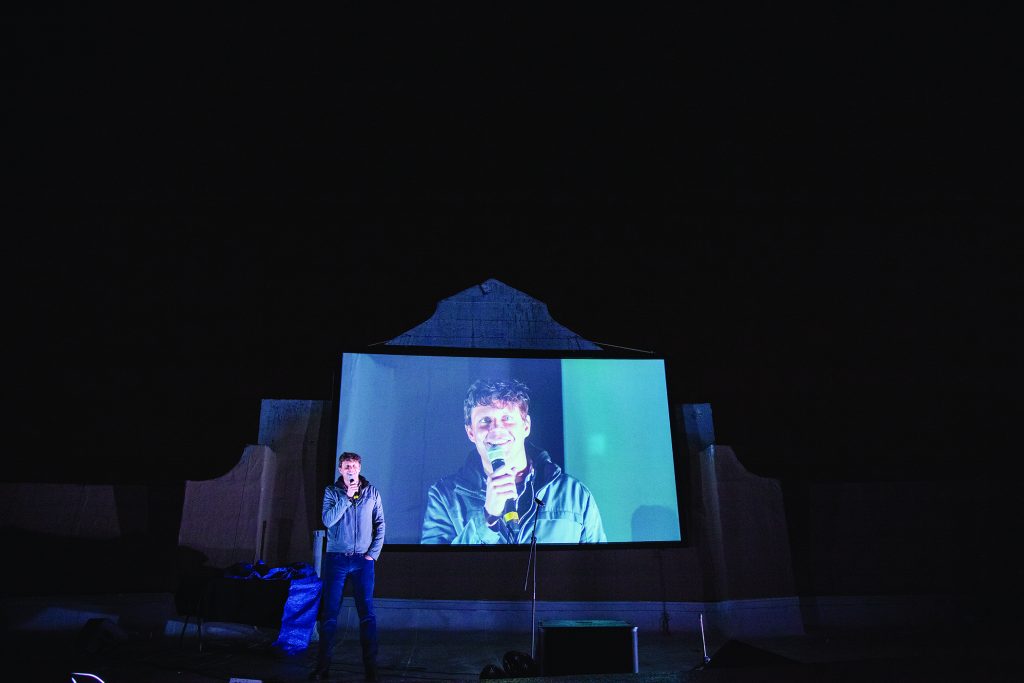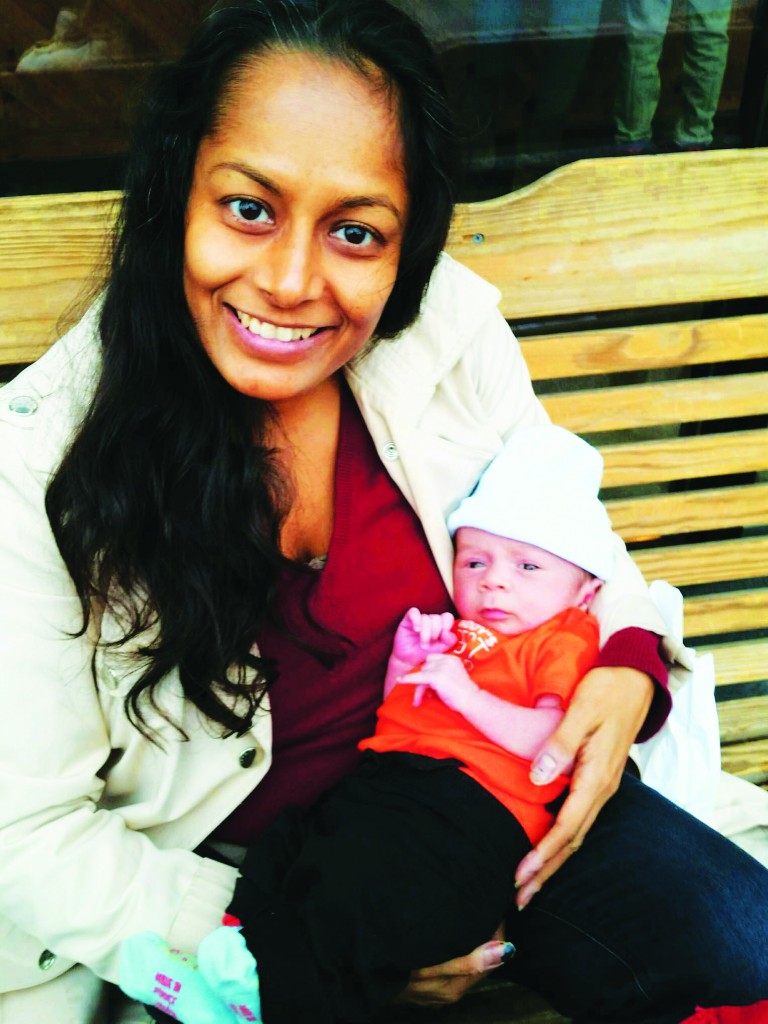
Summer was coming, and Kevin Rijo was looking for a job. He knew that he could find one through the Summer Youth Employment Program, but there was a problem. “All the regular jobs — caretakers, counselors, retail — were all taken,” said Rijo, “so I thought I was going to be broke the entire summer. However, I was passed a paper with ‘Groundswell’ printed on it, and decided that I had nothing to lose trying something different. The rest is history.”
By Kate Menard
Images courtesy of Groundswell
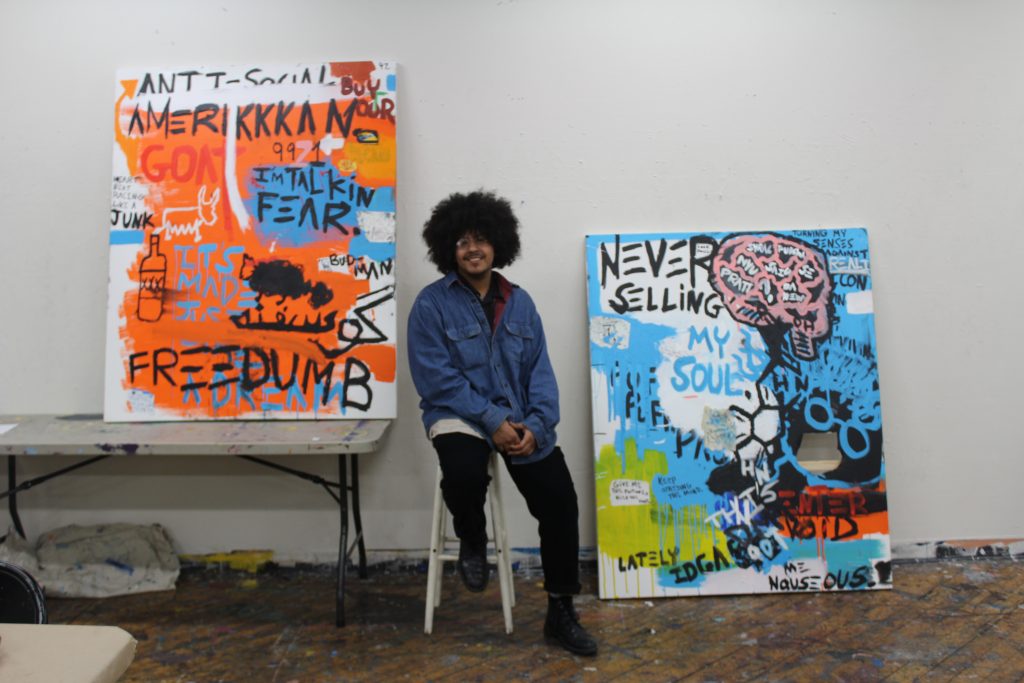
Groundswell, founded in 1996, brings together youth, teaching artists and community organizations to facilitate community building, personal growth and social change through the process of mural-making. Mural content often represents perspectives that are less likely to find such a public platform otherwise.
The organization runs many programs and projects throughout the year in schools and neighborhoods all over New York City. The summer programming, however, holds a particular place in the organization. Amelia Calsi, Manager of Mural Operations at Groundswell, explained, “For summer, specifically, we get to partner with groups that give us a little more autonomy in what we get to talk about, which is exciting for us because then the youth that we work with really get a lot of voice in the project and in the visuals — as in every project that they do — but we get to tackle just a little more controversial topics.”
Groundswell’s summer opportunities span several programs, including the organization’s flagship program, the Summer Leadership Institute, which runs for six weeks from July to August.
After participating in Segue — a program that introduces youth to Groundswell and the mural-making process — his first summer with the organization, Rijo participated in the Summer Leadership Institute’s Making His’tory project.
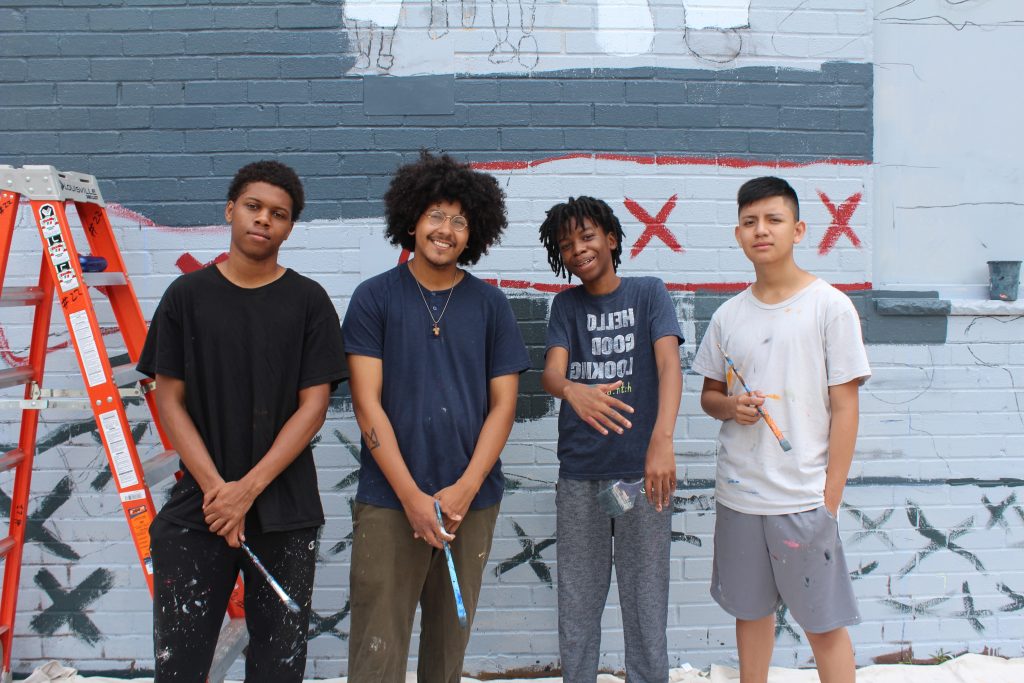
The Making His’tory project is developed by an all-male team of youth and teaching artists and focuses on societal issues young men are facing today. Describing the Making His’tory mural that he worked on with his teammates, Rijo said, “[‘Rise of Consciousness’] was all about empowerment. We are young men who recognized a change in the America we loved. We saw a shift that needed to be projected. The hearts, thoughts and emotions of the American youth were poured onto the canvas. Different themes can be seen: the school to prison pipeline; male vulnerability; colorism; mass incarceration; systematic oppression; and, most importantly, the dismantlement of all these forms of oppression and the start of reconstruction.”
In addition to the Making His’tory project for young men, the Summer Leadership Institute offers the Voices Her’d project for young women. Jazmine Hayes, Groundswell youth artist turned teaching artist, provided some insight into how the Voices Her’d murals are initiated, “We start by introducing conversations expressing concerns as women and narrowing down … themes … into specific … issues. We then go into the community in which the mural will be to gain feedback … from voices within the neighborhood. Often … we create questionnaires for the community to have a format for the youth to use for communal interviews.”
This research phase works similarly for all Groundswell murals, entailing both brainstorming and community outreach around issues that will be incorporated into the murals. The research phase is followed by the design phase. During this phase, youth artists are introduced to symbols and imagery gathered from various styles, cultures and time periods and begin sketching and thinking about color. Teaching artists then collect these sketches and work out the final design of the mural.
The last phase of the mural-making process is fabrication. During this phase, youth artists learn about “gridding,” the process by which a small drawing gets transferred onto a larger surface. Outlines are drawn with charcoal and then covered with paint. They then learn how to mix colors, apply undertones and finally to add detailed overtones.
Calsi stated the importance that the Summer Leadership Institute places on responsibility. “One of the things that we really push for is, this is a job for the youth. They are doing the majority of the work. … This is about getting skills to be part of a workforce, taking this professionally and seriously.”
This approach, combined with Groundswell’s ability to foster determination, a positive outlook and artistic talent has contributed to some great things beyond the mural walls as well. Hayes, who joined Groundswell as a youth artist seven years ago, has since gone on to earn a B.F.A. in painting from Queens College and is currently working toward an M.F.A. in painting at Hunter College. In keeping with her work at Groundswell, her own multimedia art practice focuses on family ancestry, women of color, identity and intergenerational imagery.
Rijo has also gone on to work with other art institutions and to co-curate his own art events. Through Groundswell, he was introduced to the Joan Mitchell Foundation, which hired him to help develop a youth-led event that came to be called “The Youth Creativity Summit.” The summit was hosted by the Brooklyn Museum in collaboration with Groundswell and other arts organizations. Through the Joan Mitchell Foundation, Rijo has also recently co-curated an exhibition entitled “Dimensions,” open through August 28, which focuses on intergenerational art and displays the works of mentees and their mentors side-by-side.
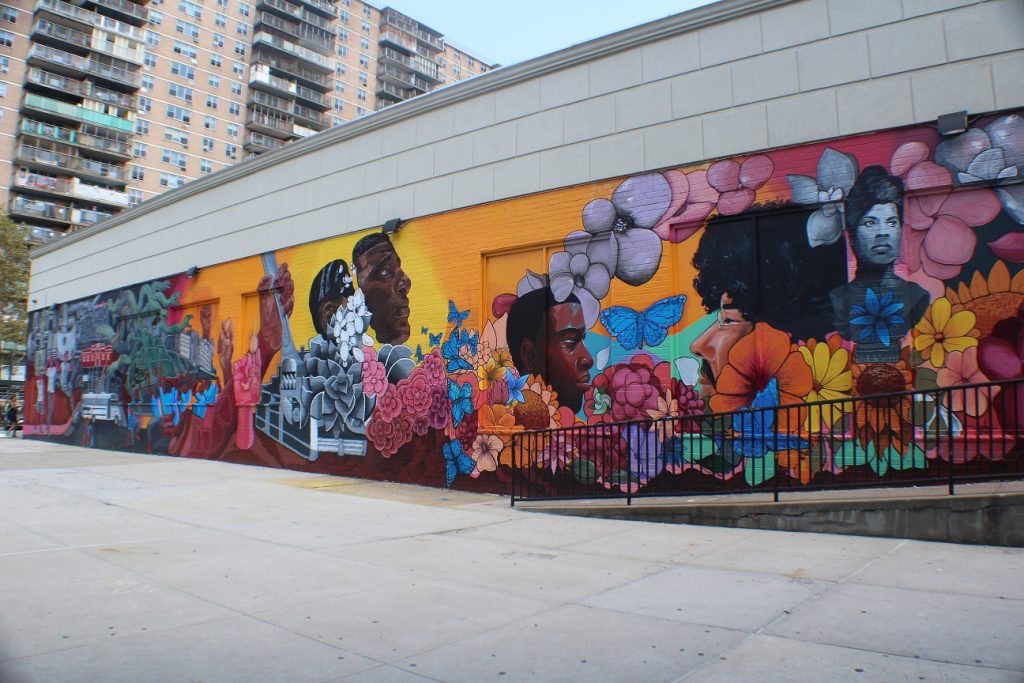
Though Groundswell muralists work all over the city, this year’s Summer Leadership Institute murals will all be located in Groundswell’s borough of Brooklyn. The Making His’tory mural will be painted on the Food Bazaar on Manhattan Avenue, where several other Making His’tory murals can also be seen. The Voices Her’d’ mural will be added to the Barrett Design Center. The final three Summer Leadership Institute murals will be located in New York City Housing Authority communities in Brownsville, Bushwick and Fort Greene.
When asked what drew her to Groundswell and the Summer Leadership Institute, Hayes touched on some of the most powerful elements of the program. “[It] was the artists leading these projects to talk about communities where … people are seeking agency,” she explained. “It opened me to activism I already had, but working with this amazing team of artists enhanced my knowledge of communities in need of real change. I learn from them constantly. It reminded me that I mattered and my voice is reflected by many people in my community and communities across the world.
Groundswell is located at 540 President Street, Suite 1A. The organization can be contacted by phone at 718-254-9782 and by email at info@groundswell.nyc. The Summer Leadership Institute relies on donations from the public. If you would like to make a donation, visit https://www.groundswell.nyc/about/support.
